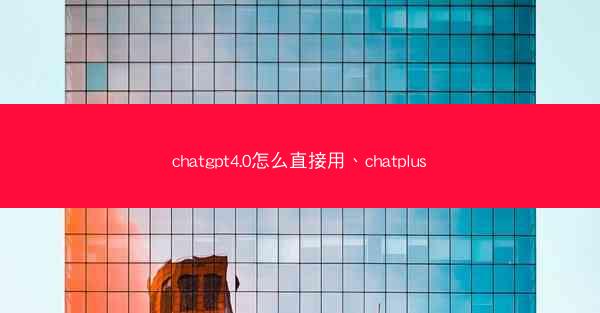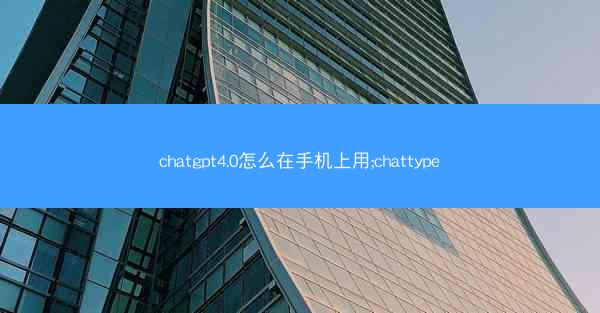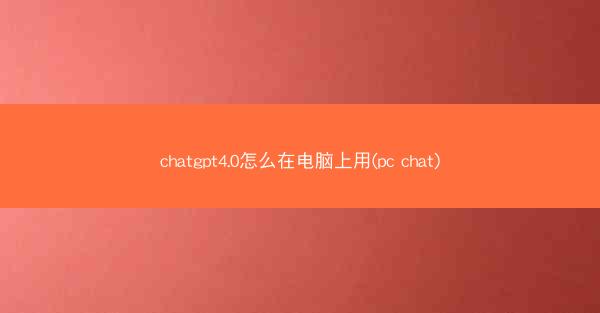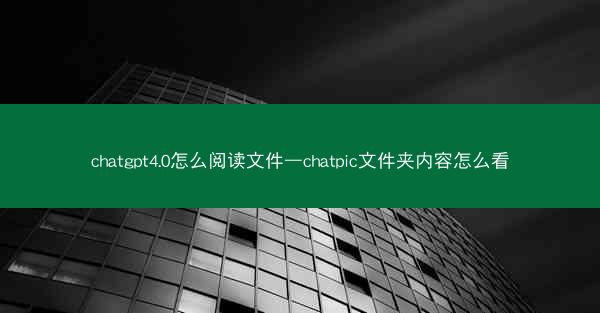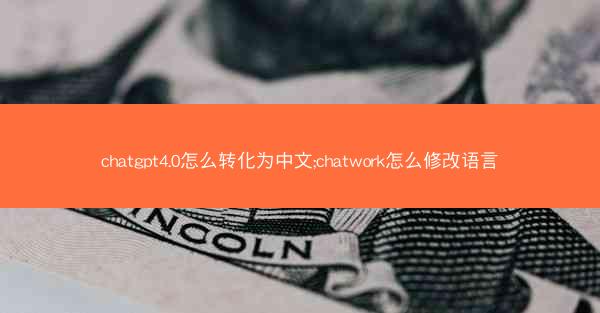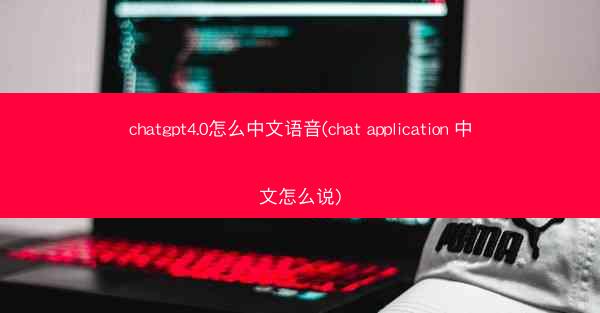
This article provides a comprehensive analysis of the advantages and disadvantages of ChatGPT, an AI language model, as well as the specific drawbacks of GPT. It explores the benefits and limitations from various perspectives, including language generation capabilities, ethical considerations, and practical applications, offering a balanced view of this advanced AI technology.
---
Introduction to ChatGPT
ChatGPT is an AI language model developed by OpenAI, which has gained significant attention for its ability to generate human-like text. It is based on the GPT-3.5 architecture and has been fine-tuned for conversational purposes. This article aims to delve into the strengths and weaknesses of ChatGPT, as well as the inherent limitations of the GPT technology.
Advantages of ChatGPT
1.Advanced Language Generation Capabilities
ChatGPT excels in generating coherent and contextually relevant text. It can produce essays, stories, poems, and even code, making it a versatile tool for content creation and automation. For instance, it can assist in writing articles, generating marketing copy, or even creating scripts for videos.
2.Efficiency in Content Creation
The use of ChatGPT can significantly speed up the content creation process. Writers, marketers, and content creators can leverage the model to generate drafts quickly, which can then be refined and polished. This efficiency can be particularly beneficial in industries where time is of the essence.
3.Personalization and Customization
ChatGPT can be fine-tuned to understand specific domains or industries, allowing for personalized responses and content generation. This level of customization can enhance the user experience and provide more targeted and relevant information.
Disadvantages of ChatGPT
1.Lack of Originality
While ChatGPT can generate text that appears human-like, it often lacks originality and creativity. The model is based on existing data and patterns, which means it can produce content that has been seen before. This limitation can be a concern for those seeking unique and innovative content.
2.Accuracy and Fact-Checking
ChatGPT is not infallible and can sometimes generate incorrect or misleading information. This is due to its reliance on the data it was trained on, which may contain inaccuracies or biases. Ensuring the accuracy of the generated content requires careful fact-checking and validation.
3.Ethical Concerns
The use of AI in content generation raises ethical questions, particularly regarding the potential for misinformation and the displacement of human jobs. It is crucial to address these concerns and ensure that AI technologies are used responsibly.
Specific Drawbacks of GPT
1.Resource Intensive
GPT models, including ChatGPT, require significant computational resources to run effectively. This can make them expensive to deploy and maintain, limiting their accessibility for smaller organizations or individuals.
2.Data Privacy Concerns
The training of GPT models involves processing vast amounts of data, which may include sensitive information. Ensuring the privacy and security of this data is a major concern, and measures must be taken to protect user information.
3.Limitations in Understanding Context
While GPT models have made significant strides in understanding context, they still struggle with complex or nuanced situations. This can lead to misunderstandings or inappropriate responses, particularly in sensitive or critical conversations.
Conclusion
ChatGPT, as an AI language model, offers numerous advantages in terms of language generation capabilities, efficiency, and customization. However, it also comes with its own set of drawbacks, including a lack of originality, accuracy concerns, and ethical considerations. The specific limitations of GPT technology, such as resource intensity and data privacy issues, further complicate its practical application. As AI continues to evolve, it is essential to address these challenges and ensure that AI technologies like ChatGPT are used responsibly and ethically.





